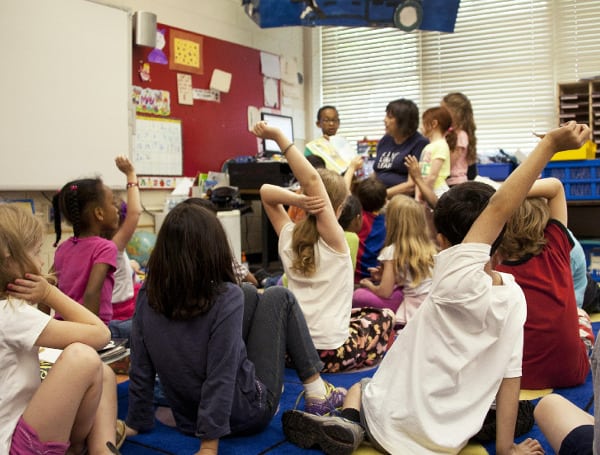“Mom, school was fine,” is the daily chorus many parents get from their 8-year-old. Sound familiar? If you’re nodding, then you’re in the right place. Behind that nonchalant facade might be a host of communication barriers that our kids face at school. And today, we’re unpacking a few of them.
1. The Environmental Overload
Imagine trying to have a conversation in the middle of a bustling street market. Next thing you know you’re shouting instead of speaking.
Tough, right? Classrooms can be much the same.
The buzz of chatter, shifting chairs, and the occasional sneeze – all can drown your child’s voice or concentration. Advocating for an environment conducive to learning is paramount. Can there be a ‘quiet time’ session? Or maybe just a ‘talking circle’ where kids get a chance to voice their thoughts without interruption?
2. The Language Challenge
The academic jargon, new terms, or a second language can be daunting for any child. It’s like asking parents to understand the latest teen lingo (No, Karen, ‘lit’ isn’t about lighting a lamp). Engaging with teachers to introduce context-based learning can bridge the language gap. Visual aids, real-world examples, and interactive learning might be more impactful than rote learning.
3. Cultural Curtains
Remember the tale of Babel? Our little ones could be experiencing that. Diverse backgrounds enrich our classrooms, but cultural differences can sometimes cause miscommunication. Hosting culture days, storytelling sessions about traditions, or simply a ‘show and tell’ about their backgrounds can foster understanding. It’s all about celebrating diversity and embracing differences.
4. Emotional Elephants
Now it’s time to talk about feelings. We all have them, and so do our children. Bullying, friendship worries, and academic anxieties can play heavy on their young minds. School counselors are superheroes in disguise. Regular emotional wellness check-ins can help students express their feelings. Also, let’s foster an environment where it’s okay not to be okay. If parents are aware that there are reliable support systems in schools, there is an increased chance that parents will refer their kids to school counselors.
5. Sensory Sensitivities
Have you ever tried studying with a constant itch or a tag on your shirt bothering you? Some kids experience sensory sensitivities, such as light too bright, sounds too loud, or touch too overwhelming. Sensory-friendly spaces or minor adjustments in the classroom can make a world of difference. Simple changes, like dimming the lights or providing noise-canceling headphones, can be game changers.
6. Hearing Hurdles
Hearing loss or impairments can be silent barriers, often unnoticed amidst the noisy humdrum of school life. Whether it’s a congenital condition, a result of an illness, or just periodic ear infections, it can significantly impede classroom interactions. Regular hearing check-ups can help identify issues early on. Parents can buy hearing aids online. Teachers, being cognizant of seating arrangements, ensuring the child with hearing challenges is positioned in an optimal spot, can be transformative. Moreover, adopting visual teaching methods or using subtitles in multimedia resources can bridge the hearing gap.
To round it off, every child is unique, and so is their communication style. Let’s celebrate it, understand it, and most importantly, let’s be there for it.
Remember, it’s not about breaking barriers with force; it’s about understanding why they exist and gently paving a path around or through them. So, the next time your child comes home and you ask about their day, maybe take a minute to dive deeper. You might just find some interesting stories waiting to be told.
Android Users, Click To Download The Free Press App And Never Miss A Story. Follow Us On Facebook and Twitter. Signup for our free newsletter.
We can’t do this without your help; visit our GiveSendGo page and donate any dollar amount; every penny helps

